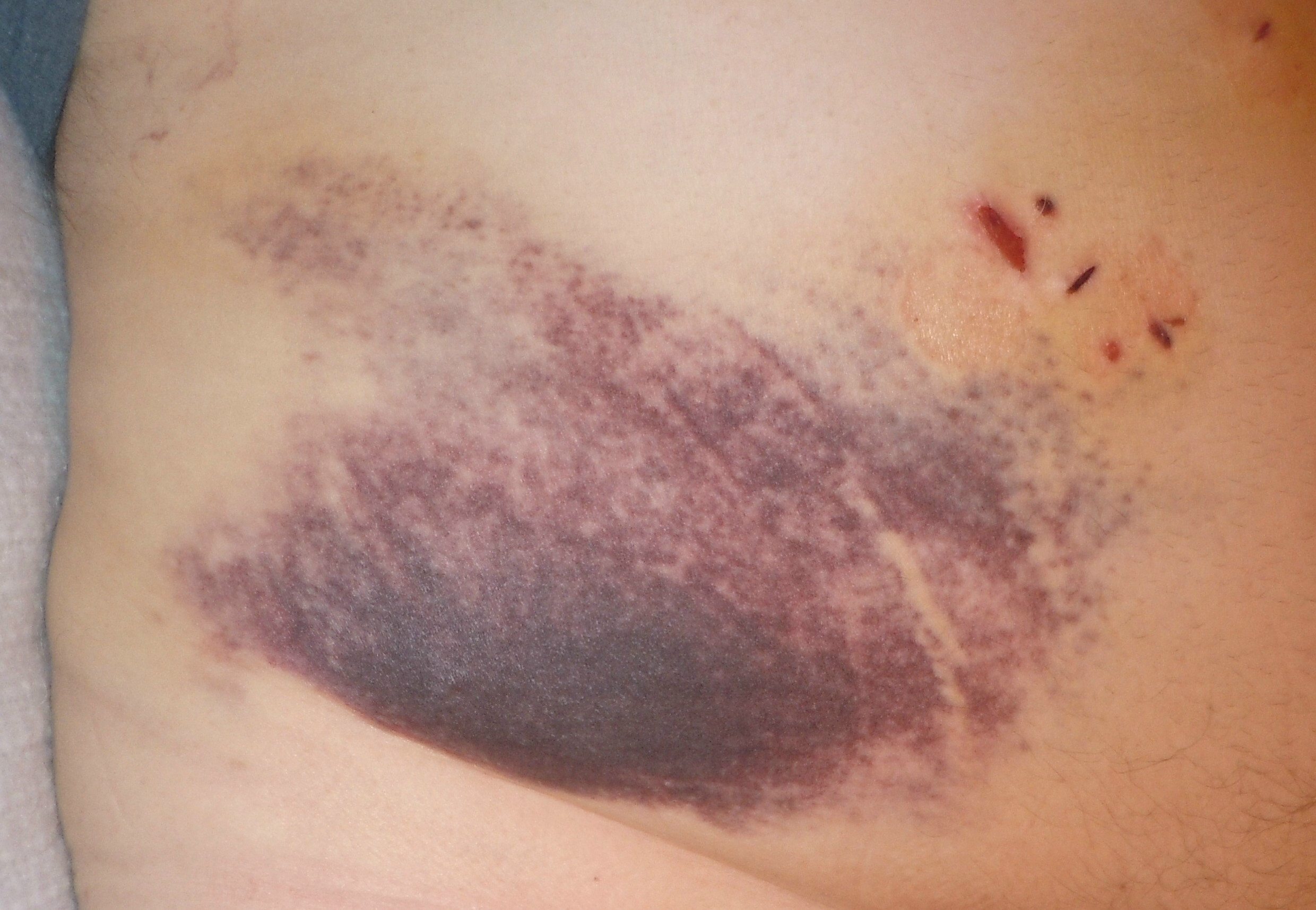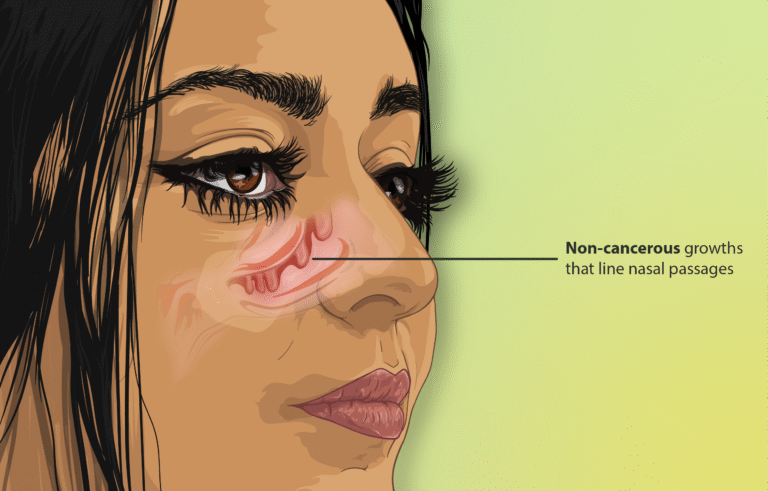Key Differences Between Gallbladder and Hernia Surgeries

When you face the prospect of general surgery, understanding the differences between various procedures helps you prepare effectively. Gallbladder and hernia surgeries rank among the most common operations performed today. These procedures address different medical conditions through distinct surgical approaches, recovery processes, and expected outcomes. Both surgeries fall under the general surgery specialty, yet they require different techniques and preparation. Your surgeon will explain the specific approach that best suits your individual case.
How Do Surgical Techniques Differ?
Gallbladder and hernia surgeries are common procedures that address different conditions but often use modern, minimally invasive techniques to improve a patient’s quality of life. Gallbladder surgery, or cholecystectomy, is typically performed laparoscopically, involving small abdominal incisions and a camera to remove the gallbladder. Hernia repair methods vary based on the hernia’s type and size, with options including open surgery, laparoscopic techniques, or robotic-assisted procedures. Both surgeries aim to alleviate pain, discomfort, and potential complications, tailored to the specific medical issue.
Key technical differences include:
- Incision size: Gallbladder surgery uses four small cuts, while hernia repair may require one larger incision or multiple small ones
- Surgical tools: Cholecystectomy relies heavily on laparoscopic instruments, whereas hernia repair often uses mesh materials for reinforcement
- Organ removal vs. repair: Gallbladder surgery removes an organ completely, while hernia surgery repairs weakened tissue and muscle
- Mesh placement: Hernia repairs frequently involve placing synthetic mesh to strengthen the repair site, which gallbladder surgery does not require
Understanding these distinctions is key when preparing for general surgery, as it allows patients to set realistic expectations and make informed decisions. Consulting with your surgeon about the specific approach and recovery plan can provide additional clarity and allow for the best possible outcome. Both procedures leverage advanced techniques to minimize recovery time and maximize success rates, showcasing the benefits of modern surgical innovations.
What Are the Recovery Timelines?
Gallbladder
After gallbladder surgery, most patients can leave the hospital the same day or after an overnight stay, depending on whether it was an outpatient procedure. The immediate recovery period is generally smooth, allowing patients to return home quickly to rest and heal in a comfortable environment. Light activities can typically be resumed within a week. Many patients return to work within two weeks if their job doesn’t involve heavy lifting. Full recovery, including the ability to engage in all physical activities without restrictions, usually takes about four to six weeks.
Hernia
Recovery after hernia surgery can vary based on the repair method and size of the hernia. Patients who undergo laparoscopic repairs are often able to go home the same day, whereas open repairs may require a longer hospital stay. The immediate recovery period is focused on managing pain, monitoring for complications, and gradually increasing mobility.
Returning to normal activities depends on the type and location of the repair. Many people resume desk work within one to two weeks, but strenuous activities, especially heavy lifting, are generally restricted for six to eight weeks to allow proper healing. Following your surgeon’s guidelines is necessary for a smooth recovery.
How Do Outcomes Compare Overall?
Success rates for both procedures remain consistently high when performed by experienced general surgery teams. Gallbladder surgery has a success rate above 95 percent with minimal complications. Most patients experience complete relief from their symptoms after recovery.
Hernia surgery outcomes depend on several factors, including the type, size, and overall health of the patient. Recurrence rates vary but typically remain below 10 percent for most hernia types when repaired properly. The use of mesh in hernia repairs has significantly improved long-term success rates.
Complication rates differ between the procedures. Gallbladder surgery complications include infection, bleeding, and injury to nearby organs, though these occur infrequently. Hernia surgery risks include infection, chronic pain, and mesh-related complications in some cases.
Consult a General Surgery Provider
Understanding the key differences in your procedure can help you prepare and set realistic expectations for your recovery. Your general surgery team will provide personalized guidance tailored to your medical history and individual needs. Scheduling a consultation with a qualified provider is the first step in determining the best treatment approach. Use your appointment to ask questions about the procedure, recovery timeline, and expected outcomes.
- What to Expect When Visiting a Foot and Ankle Specialist
- Causes of PTSD
- The Link Between Plantar Fasciitis and Weight Gain: What You Need to Know
- How Pet Ownership Can Positively Impact Life with Fibromyalgia
- The Importance of Stretching and Flexibility in Sports Medicine
Dr. Emma Green is a health and wellness expert with over 10 years of experience in nutrition and fitness. Passionate about helping others live their healthiest lives, Dr. Green shares practical advice on wellness, nutrition, and sustainable living through LivingSpristine.






